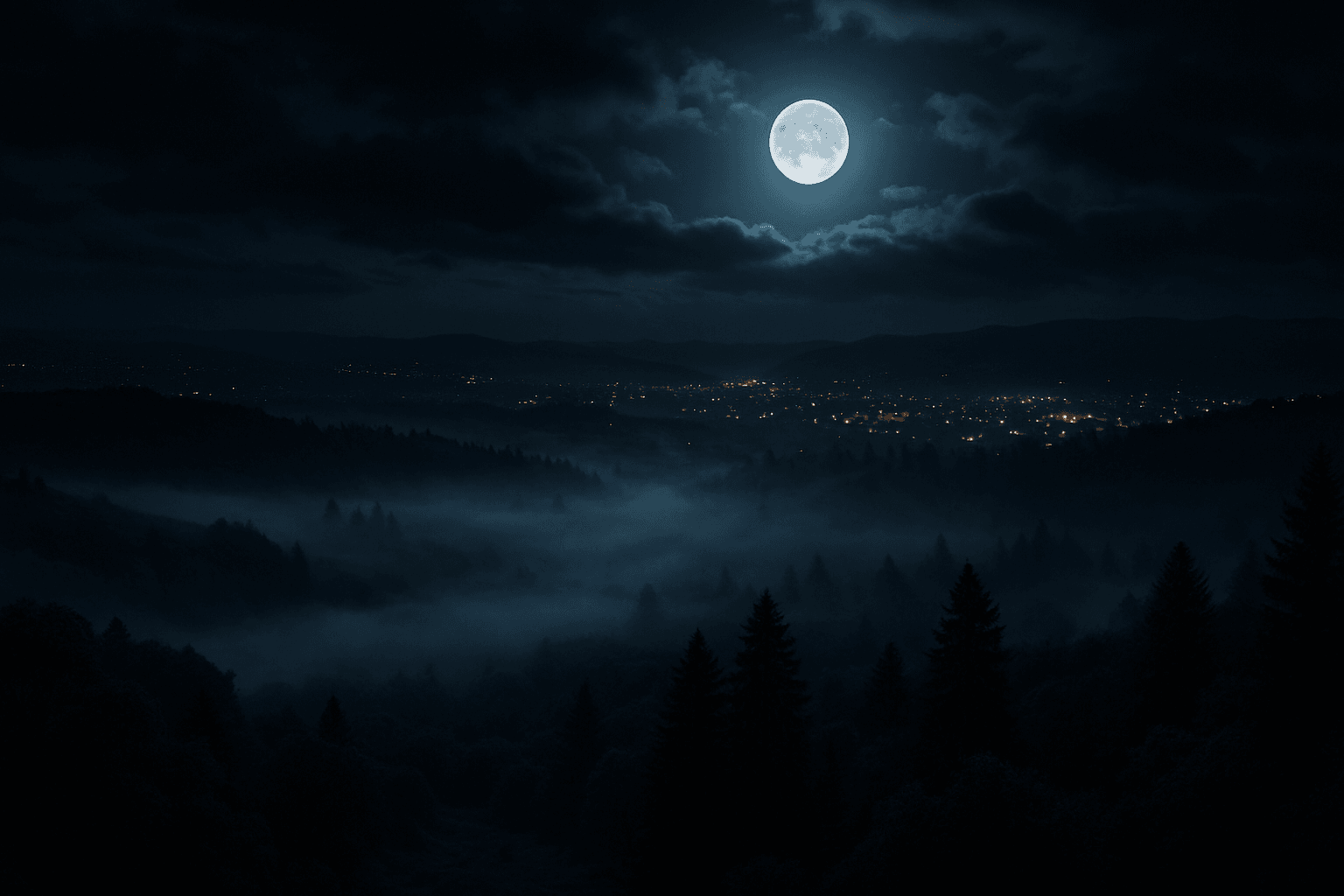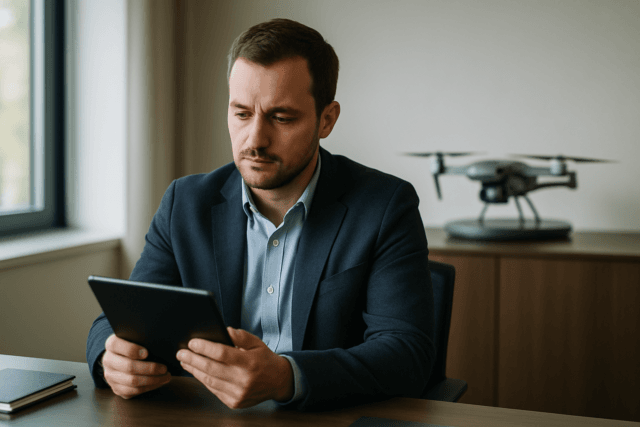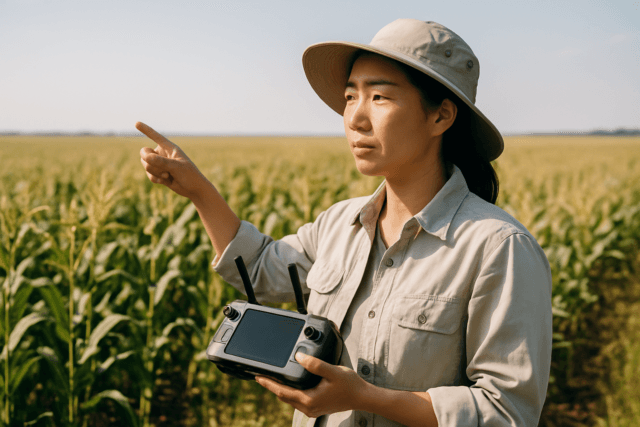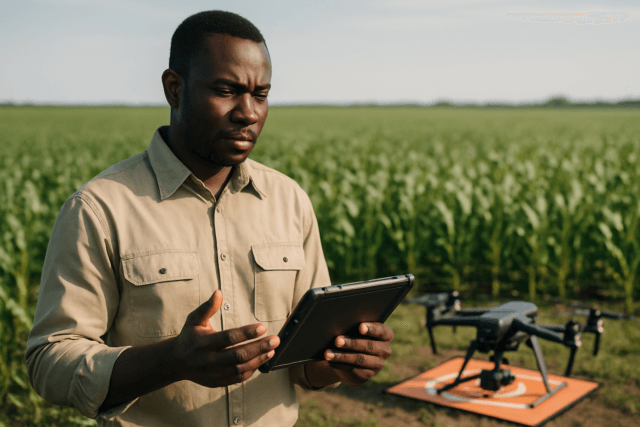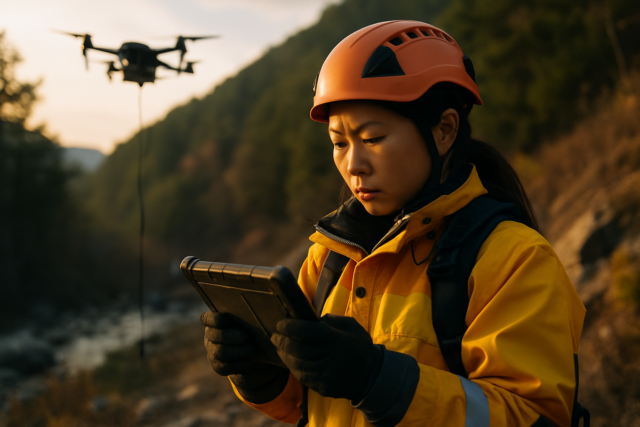Drone photography offers breathtaking perspectives, but capturing high-quality images in low-light conditions presents unique challenges. This guide provides the knowledge and techniques needed to master drone low-light photography, from selecting the right equipment to post-processing tips.
Choosing the Right Drone for Night Photography
Selecting a drone with specialized low-light capabilities is crucial for capturing stunning images under the stars. Consider these factors:
- Sensor Size: Larger sensors gather more light, improving image quality in low-light situations. Drones with 1-inch, Micro Four Thirds (MFT), APS-C, or full-frame sensors are preferable.
- Aperture: A wider aperture (f/2.8 or lower) allows maximum light into the camera, essential for night photography.
- ISO Range: A wider ISO range provides flexibility in adjusting settings based on the shooting environment, helping avoid noise and maintain image quality.
- Stability: A stable flight system is crucial for capturing sharp images during long exposures. Look for drones with reliable GPS and stabilization features.
Recommended Drones:
- DJI Mini 4 Pro: A compact and powerful option with a 1/1.3-inch CMOS sensor and f/1.7 aperture, excelling in low-light environments.
- Autel EVO Lite+: Equipped with a 1-inch CMOS sensor and adjustable aperture (f/2.8–f/11), this drone delivers detailed shots in challenging lighting conditions.
- DJI Air 3: Features a dual-camera system with 48MP wide and telephoto lenses, ideal for landscape photography and event coverage.
- DJI Mavic 3 Pro: Boasts a Four Thirds CMOS sensor co-engineered with Hasselblad, delivering exceptional image quality with minimal noise.
Essential Tips for Successful Night Photography
Follow these tips to capture stunning night images:
- Use Manual Mode: Gain full control over exposure settings.
- Adjust ISO: Set ISO between 400-1600 to balance brightness and noise. Be aware that a high ISO will increase the noise in your image. You can fully experience the amazing visual effects of camera drones with higher ISOs when shooting at night.
- Control Shutter Speed: Keep the shutter speed slow (1/2 to 1/10 sec) to allow more light in.
- Wide Aperture: Use a wide aperture (f/2.8 or lower) for better light intake.
- Shoot in RAW: Capture images in RAW format for better post-processing flexibility.
- Image Stabilization: Image stabilization is key in any top drone camera as it helps make your pictures and videos smooth, even when the drone moves.
- Experiment with Lighting: Use external LED lights or leverage ambient sources like street lamps or city lights.
- Composition and Lighting: Frame your shots using well-lit subjects, leading lines, and reflections for better visual appeal.
- Safety First: Prioritize safety by checking aviation regulations, using anti-collision lights, and ensuring fully charged batteries.
- Practice: Practice beforehand to get a feel for your drone’s response in dim lighting.
Mastering Camera Settings
Understanding camera settings is crucial for capturing well-exposed and sharp images in low-light conditions.
- Aperture: Controls the amount of light entering the lens, influencing depth of field and image sharpness. Adjust it to achieve the desired balance between brightness and depth of field.
- Shutter Speed: Determines the duration the camera’s sensor is exposed to light. Use slower speeds to capture more light, but be mindful of motion blur.
- ISO: Measures the camera sensor’s sensitivity to light. Increase ISO in low-light conditions, but be aware of potential noise.
- White Balance: Adjust white balance for more natural color effects, especially in changing lighting conditions.
- EV (Exposure Value): A quick way to adjust the brightness or darkness of the image without fiddling with individual settings.
Long Exposure and Noise Reduction
Long exposure techniques can create stunning light trails and capture more detail in dark environments.
- Long Exposure: Set shutter speed to 2-8 seconds for creative shots like light trails.
- Tripod Mode: Keep the drone stable using tripod mode to avoid motion blur.
- Noise Reduction: Use low ISO, noise reduction tools, and image stacking techniques in post-processing software.
- Image Stacking:
- Capture multiple shots in burst mode.
- Open the images as layers in Photoshop.
- Auto-align the layers.
- Convert to a smart object.
- Apply “Mean” stack mode to reduce noise.
Pre-Flight Preparations
Proper preparation is essential for safe and successful night flights.
- Check Local Regulations: Familiarize yourself with local regulations regarding night flights.
- Daylight Survey: Conduct a daylight survey to assess potential hazards such as wires, buildings, and other obstructions that may not be visible in low light conditions.
- Visual Line of Sight: Maintain visual line of sight with your drone at all times.
- Drone Lighting: Equip your drone with anti-collision lights visible from at least three miles away.
- Battery Management: Ensure fully charged batteries, as cold temperatures can drain power faster.
- Weather Conditions: Be aware of weather conditions, such as wind and temperature, which can affect drone performance.
Post-Processing Tips for Night Drone Photography
Post-processing is crucial for enhancing night shots and achieving stunning results.
- Adjust Exposure: Highlight key features by adjusting the exposure.
- Enhance Colors: Improve vibrancy with saturation and contrast adjustments.
- Reduce Noise: Minimize graininess using denoising tools.
- Selective Sharpening: Bring out finer details with selective sharpening adjustments.
Safety and Legal Considerations in the UK
Flying a drone at night in the UK is permitted, but it’s essential to follow specific regulations from the Civil Aviation Authority (CAA) to ensure legality and safety.
- Visual Line of Sight (VLOS): You must maintain direct, unaided visual contact with the drone at all times during the flight.
- Lighting: The drone must be equipped with lights that are bright enough to ensure it remains visible from a reasonable distance. At least one green flashing light is recommended.
- Registration and Training: Depending on the weight of your drone, you may need to register with the CAA and complete a training course. Drones weighing under 250 grams are generally exempt from these requirements.
- Height Restrictions: The standard UK drone regulations, including the 400-foot height restriction, still apply during nighttime flights.
- No-Fly Zones: Be aware of and avoid flying in restricted airspace, such as near airports or other sensitive locations.
- Privacy: Respect people’s privacy by not recording or photographing them without their consent.
- Daylight Reconnaissance: Perform a reconnaissance of the area during daylight to identify any potential hazards that may not be visible at night.
- Anti-Collision Lights: Equip your drone with anti-collision lights visible from at least 3 statute miles.
Drones for Beginners Under £100
If you’re on a budget, there are options for drones under £100 in the UK that can still provide a taste of aerial photography. However, keep in mind that these drones will have limitations in camera quality and features compared to higher-end models.
- AVIALOGIC: This drone features bright LEDs for after-dark adventures, making it easy to see in low-light conditions. It’s easy to fly and suitable for beginners.
- Wipkviey T6: It has a foldable design, dual batteries for longer flight time, and a 1080p HD camera for capturing aerial shots.
- Deerc and Holy Stone: While you won’t find any DJI models in this price range, brands like Deerc and Holy Stone offer budget-friendly drones with basic features.
Common Mistakes to Avoid
- Failing to Prepare: Adequate preparation is vital for achieving impressive results.
- Ignoring Local Regulations: Ignoring local regulations regarding night flights.
- Overlooking Weather Conditions: Overlooking weather conditions, such as wind and temperature.
- Poor Lighting: Filming when there’s just not enough overall light in the scene.
- Moving the Drone Quickly: Moving the drone too quickly at night as it leads to blurry footage.
By mastering these techniques and understanding the legal considerations, you can unlock the potential of drone low-light photography and capture breathtaking images that showcase vibrant cityscapes and serene landscapes under the stars.

